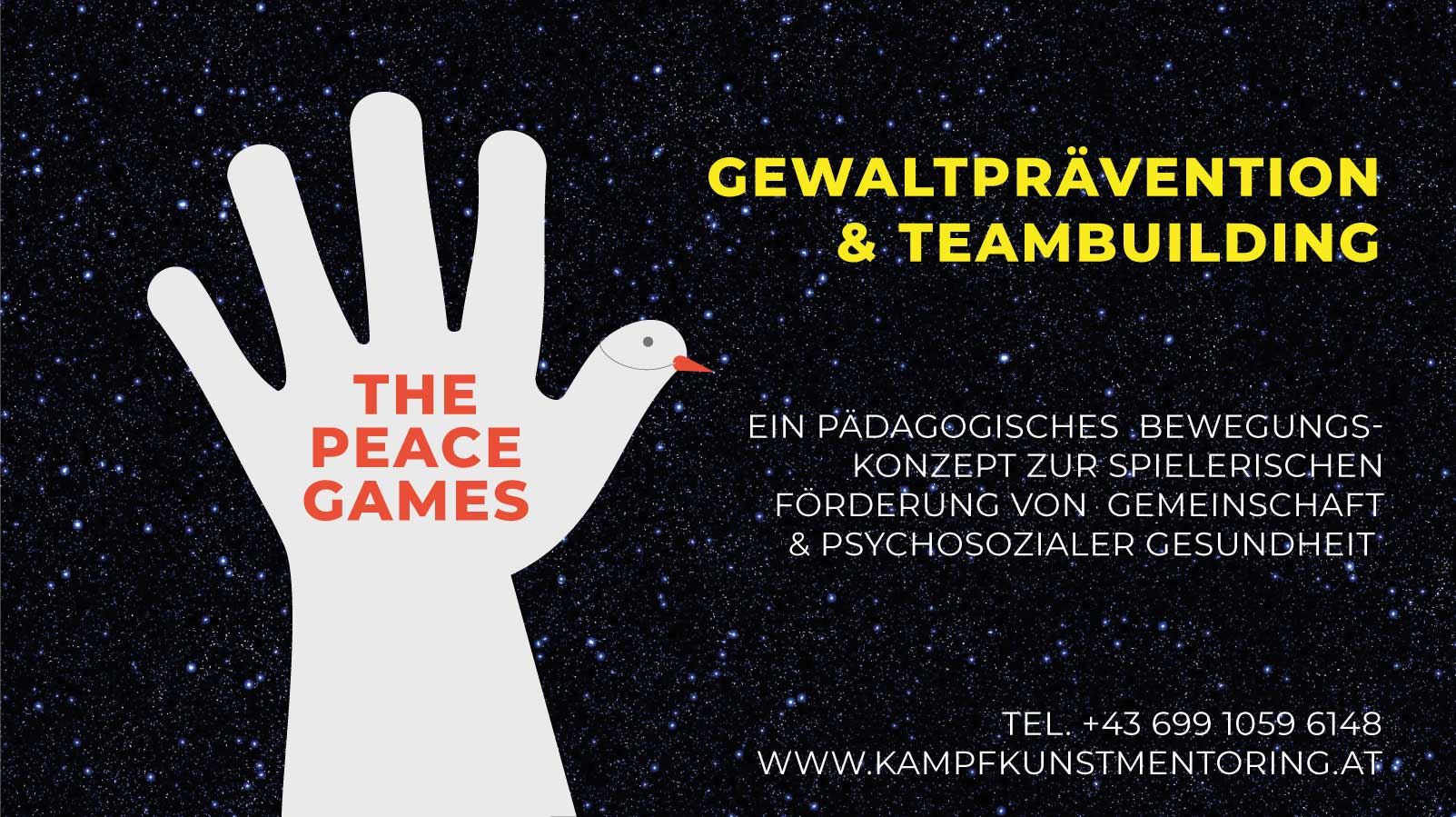Kokoro Do - Internal Martial Arts, Mentoring & Education stands for professionalism with heart in the dynamic interplay of confrontation and encounter.
Mindful confrontation leads to an encounter with yourself and your counterpart.

The natural phenomenon of "struggle" also affects people with their first breath. If this does not succeed, the fight is lost and life too. The archaic of “struggle” is inherent in life in some form, on many levels, from beginning to end. Combat is always exhausting and unpleasant, which is why it is only too easy to avoid it. But he still knocks on our door and persistently invites us to accept a challenge. Rarely does modern man take up the "gauntlet" consciously and purposefully. In the need for harmony, out of fear but also comfort, the "modern man" tends to avoid confrontations and challenges in life. Opportunities for inner maturity and growth are often not taken advantage of. Acting against one's own conviction and inner knowledge is often the result. The conflict that arises inside the human being disturbs the natural balance, which is reinforced in the long run by patterns of compensation and repression.
An inner struggle is usually based on a lack of acceptance and clarity. "Taking up the fight" here means the insight, ability and willingness to accept the challenge, the perhaps unpleasant confrontation with oneself, and to enable personal growth towards human maturity.
KOKORO-DO addresses the natural interplay of confrontation and encounter within a conflict, both inside and outside, and through the systematic, professional use of martial arts, shows the importance of carefully accepting an emerging conflict. Options for action in dealing with human influencing factors are shown, new perspectives are opened up in a natural way.







